- Home
- Video Courses
- Certifications
- 70-467: Designing Business Intelligence Solutions with Microsoft SQL Server 2012 Dumps


70-467: Designing Business Intelligence Solutions with Microsoft SQL Server 2012 Certification Video Training Course
70-467: Designing Business Intelligence Solutions with Microsoft SQL Server 2012 Certification Video Training Course includes 12 Lectures which proven in-depth knowledge on all key concepts of the exam. Pass your exam easily and learn everything you need with our 70-467: Designing Business Intelligence Solutions with Microsoft SQL Server 2012 Certification Training Video Course.
Curriculum for Microsoft MCSE 70-467 Certification Video Training Course



70-467: Designing Business Intelligence Solutions with Microsoft SQL Server 2012 Certification Video Training Course Info:
The Complete Course from ExamCollection industry leading experts to help you prepare and provides the full 360 solution for self prep including 70-467: Designing Business Intelligence Solutions with Microsoft SQL Server 2012 Certification Video Training Course, Practice Test Questions and Answers, Study Guide & Exam Dumps.
Microsoft Exam 70-467: BI Solution Design with SQL Server 2012
Understanding the Purpose of This Course
The purpose of this training course is to prepare individuals for the Microsoft Exam 70-467: Designing Business Intelligence (BI) Solutions with Microsoft SQL Server 2012. This certification exam is a part of the Microsoft Certified Solutions Expert (MCSE) path in the BI track.
This course provides a structured and practical approach to learning how to design, implement, and manage BI solutions using SQL Server 2012 technologies.
Importance of Business Intelligence in the Modern World
Business Intelligence (BI) is essential in today’s data-driven world. Organizations across industries rely on BI tools to make strategic decisions based on real-time data. This course helps learners understand how to turn raw data into actionable insights.
With SQL Server 2012, Microsoft introduced new features in the BI stack, enhancing capabilities in data warehousing, reporting, analytics, and data modeling.
What This Course Will Cover
This training is divided into four parts. In this first part, we focus on providing a thorough course overview. We will explain what the course entails, what learners can expect, and how the course content is structured.
Each part of the course builds on the previous one, gradually taking learners from foundational concepts to advanced solution design for enterprise-level BI systems.
Structured for Certification and Real-World Applications
The goal of this course is not only to help learners pass the 70-467 exam but also to apply these skills in real business environments. The structure is designed to mimic real-world solution design processes. Learners will work through case studies, architecture planning, and design tasks.
Microsoft SQL Server 2012 as the Core Platform
The entire course uses SQL Server 2012 as the foundation for BI solution design. This includes SQL Server Integration Services (SSIS), SQL Server Analysis Services (SSAS), and SQL Server Reporting Services (SSRS).
Learners will explore how to use these components to design enterprise BI solutions that are scalable, secure, and efficient.
Key Concepts Introduced
This part of the course introduces key concepts in BI solution architecture. Learners will start to understand what it means to design a BI infrastructure, how to plan for data storage, how to support self-service BI, and how to ensure data quality.
These foundational concepts will be expanded in the subsequent modules of the course.
Course Modules and Learning Flow
The course is divided into modules that follow a logical progression. Each module is structured to ensure learners understand the "why" behind each concept before moving on to the "how."
Concepts are reinforced with hands-on lab examples, design exercises, and review questions to solidify learning.
Introduction to BI Solution Design Principles
Before jumping into tools and technologies, this course introduces learners to the principles of BI design. These include:
Business requirements gathering
Data architecture planning
Solution scalability and performance
Governance and security
Understanding these principles early on will provide the context for all future learning.
Alignment with Microsoft Exam Objectives
The course content is directly aligned with the official exam objectives for Microsoft 70-467. Each topic taught is mapped to one or more exam skills. This ensures that learners gain knowledge relevant to certification success.
Additionally, learners will gain confidence by practicing with mock exam questions and case-based scenarios.
The Role of the BI Architect
A significant focus of this course is helping learners understand the role of a BI architect. This includes responsibilities such as system design, stakeholder communication, and overseeing the implementation of BI tools.
Learners will explore how a BI architect translates business requirements into technical specifications.
Hands-on Learning and Real-World Scenarios
Throughout the course, learners will be introduced to real-world scenarios that reflect the kind of challenges faced in enterprise BI projects. These scenarios are crafted to reflect common problems and best-practice solutions.
By the end of the course, learners will have a working understanding of how to apply theory in practical ways.
Why SQL Server 2012 Still Matters
Despite newer versions being released, SQL Server 2012 is still used by many organizations. It introduced significant advancements in BI functionality, including improvements in tabular models, Power View, and data integration services.
This course ensures learners are comfortable designing solutions with the tools and features specific to this version.
Preparation for Technical Interviews and Projects
Beyond the exam, this course prepares learners for BI-related job interviews and real-world projects. By understanding architecture, best practices, and Microsoft's BI stack, learners will be able to contribute to enterprise projects with confidence.
Designing for Scalability and Performance
BI solutions must be able to handle large volumes of data and scale as the business grows. This course will teach learners how to plan for future expansion and avoid common bottlenecks in system performance.
Topics such as partitioning, indexing, and cube design are explored in detail.
Focus on Security and Governance
Security is a key consideration in BI solutions. This course ensures that learners understand how to design secure systems that protect sensitive data, enforce access controls, and meet compliance standards.
Governance topics include data stewardship, auditing, and version control.
Enhancing Decision-Making through BI
At its core, BI exists to improve decision-making. This course shows how to design systems that deliver accurate, timely, and relevant information to business users, enabling better decisions at every level of the organization.
Learners will see how to connect data models to reporting tools and dashboards used by decision-makers.
Building Reusable BI Components
Efficiency in BI development often comes from reusability. This course explores strategies for building reusable SSIS packages, standardized SSAS dimensions, and centralized reporting templates that reduce development time.
These best practices are reinforced through labs and design templates provided in the course.
Encouraging Self-Service BI
Self-service BI empowers business users to access and analyze data without IT intervention. This course introduces learners to the concept and teaches how to design infrastructure that supports PowerPivot, Power View, and Excel-based reporting.
Learners will gain insight into balancing self-service capabilities with IT control.
Supporting Mobile BI and Cloud Integration
As mobile and cloud BI become more relevant, this course introduces foundational design concepts for hybrid solutions. While the focus remains on on-premises SQL Server 2012, learners are introduced to integration strategies involving cloud storage and mobile dashboards.
Preparing for What Comes Next
By the end of this course, learners will be equipped with the skills to pass the Microsoft 70-467 exam and to take on BI design responsibilities within their organization.
Additionally, they will be prepared to explore more advanced topics such as data science integration, advanced analytics, and upgrading to later versions of SQL Server.
Understanding the Importance of Course Requirements
Before beginning any technical certification course, it’s important to understand what is required of you. This helps you prepare in advance and ensures you get the most value out of your learning experience.
The requirements for this course are designed to build a strong foundation for understanding and implementing BI solutions using SQL Server 2012. Some of these requirements are technical, while others are based on soft skills and mindset.
Prior Experience in SQL Server
A working knowledge of Microsoft SQL Server is essential. Learners should already be familiar with basic SQL queries, database design, and data types. This course builds on that knowledge and does not cover beginner-level database concepts.
You are expected to be comfortable navigating SQL Server Management Studio and working with relational databases before starting this course.
Understanding of Data Warehousing Concepts
Since this course focuses on business intelligence, it assumes learners already understand fundamental data warehousing concepts. This includes understanding what a star schema is, the difference between fact and dimension tables, and how ETL processes work.
The course does not teach data warehousing from scratch but dives deeper into how to design and manage BI architectures that use these models.
Familiarity with SSIS, SSAS, and SSRS
Before beginning the course, you should have some hands-on experience with the three core SQL Server BI components. These are SQL Server Integration Services (SSIS), Analysis Services (SSAS), and Reporting Services (SSRS).
This course explores how to design enterprise-level solutions using these tools. It is not intended as an introduction to each one. The expectation is that you have used them in simple projects or practice environments.
Experience in Designing or Implementing BI Components
The course is aimed at professionals who have worked on BI projects in some capacity. If you’ve helped develop a report, set up a cube, or written ETL processes, you are likely ready to take on this training.
Even limited experience is acceptable, but having real-world exposure will help you better understand the design discussions covered in the modules.
Exposure to Enterprise IT Environments
Business Intelligence is most often implemented in medium to large-scale enterprise environments. This course includes examples and scenarios that assume learners are familiar with concepts such as Active Directory, data governance policies, role-based security, and network architecture.
You don’t need to be an expert, but general awareness will help you keep pace with the course content.
Comfortable Working with Microsoft Tools
Throughout the course, learners will use a variety of Microsoft tools. These include SQL Server Data Tools (SSDT), Visual Studio (2012 or later), Excel, and PerformancePoint.
Knowing how to install, configure, and work within these tools will be very useful. Tutorials are not provided for basic tool use, so familiarity is assumed.
A Mindset for Architecture and Design Thinking
Unlike development-focused courses, this course is centered around solution design. This means thinking at a higher level—about structure, maintainability, scalability, and performance. You will be asked to analyze business requirements and translate them into technical designs.
This requires a mindset shift from coding tasks to architectural decision-making.
Problem-Solving and Critical Thinking Skills
Designing business intelligence solutions isn’t just about using the right tools—it’s also about solving the right problems. You’ll need to analyze user needs, system constraints, and data challenges. This course encourages learners to think critically at every stage of solution planning.
Strong analytical skills and attention to detail are key assets for anyone taking this course.
Willingness to Work Through Complex Scenarios
Some design tasks in the course involve complex scenarios with multiple stakeholders, integration points, and performance considerations. Learners must be prepared to tackle ambiguity and break down large problems into manageable components.
This simulates the experience of working on actual BI projects in corporate environments.
Time Commitment and Study Planning
This is not a course that can be rushed. You will need to set aside dedicated time for study, practice, and design exercises. Each module includes reading material, examples, case studies, and assessments. Allocating consistent time each week is essential for mastery.
Having a study schedule is highly recommended, especially if you're preparing for the certification exam.
Access to SQL Server 2012 Environment
Since this course is built around SQL Server 2012, having access to an instance of SQL Server 2012 is crucial. You will need to install and configure the BI components such as SSIS, SSAS, and SSRS. A local or virtual environment will suffice.
It is also helpful to have sample databases such as AdventureWorksDW to use for hands-on practice.
Basic Understanding of Business Needs
Since BI solutions are designed to support business decision-making, a basic understanding of how organizations function is useful. You should understand how departments like finance, marketing, and sales use data in their operations.
This business context helps inform better technical design decisions.
Communication and Documentation Skills
BI architects and designers often need to communicate their ideas clearly. This may involve writing design documents, presenting to stakeholders, or explaining technical options to non-technical users.
While not a hard requirement, strong communication skills will make you more effective in applying what you learn.
Certification Goals and Motivation
This course is aligned with the 70-467 certification, but the motivation to pass the exam should be balanced with a desire to truly understand the material. The exam tests more than rote memorization—it evaluates your ability to think like a BI architect.
Setting clear goals for both certification and career growth will help you stay motivated.
Ability to Learn Independently
Although the course is structured and comprehensive, learners are expected to explore certain topics in more depth on their own. You may be directed to additional Microsoft documentation, whitepapers, or forums.
Being comfortable with self-directed learning is important, especially when tackling advanced or specialized topics.
Willingness to Practice Hands-On
The best way to understand BI solution design is through practice. You’ll be encouraged to implement sample projects, build data models, create SSIS packages, and deploy reports. This hands-on work is what solidifies your learning.
Watching videos or reading materials alone is not sufficient to master the concepts in this course.
System Requirements for Learning
In terms of hardware, you’ll need a system capable of running SQL Server 2012 and related tools. At minimum, this includes a multi-core processor, 8GB of RAM (preferably 16GB), and sufficient storage space for sample databases and project files.
Your operating system should be compatible with SQL Server 2012 and Visual Studio 2012 or later.
Internet Access for Resources and Updates
While the course content is largely self-contained, internet access is important for downloading tools, accessing Microsoft documentation, and participating in community forums. Some modules may include links to external content or require access to Microsoft’s online services.
Reliable internet ensures you’re able to get the most from all available resources.
Access to a Mentor or Study Group (Optional)
Although not required, having access to a mentor, instructor, or study group can be incredibly helpful. Discussing ideas, clarifying doubts, and sharing real-world challenges with peers can accelerate your understanding.
Some learners also benefit from structured bootcamps or online study groups aligned with 70-467.
Meeting the requirements of this course ensures that you are ready to engage deeply with its content. With the right background knowledge, tools, and mindset, you’ll be well-positioned to design enterprise-ready BI solutions using SQL Server 2012.
This foundation prepares you not just for the 70-467 exam, but also for a successful career in business intelligence architecture.
Purpose of the Course
This course is designed for professionals who are looking to deepen their knowledge and expertise in designing business intelligence (BI) solutions using Microsoft SQL Server 2012. It prepares learners not only to pass the Microsoft Exam 70-467 but also to take on real-world BI architecture roles.
The course explores advanced solution design principles, tool integration, and enterprise-level planning, all through the lens of SQL Server’s robust BI capabilities.
Scope of the Course
This course covers the full BI solution lifecycle. It begins with business requirements gathering and ends with deployment and maintenance of complete BI environments. The course takes a hands-on, design-oriented approach to learning.
Each section is mapped directly to Microsoft’s official exam objectives while also emphasizing practical application.
Target Learners and Their Goals
This course is intended for IT professionals who want to become BI architects, solution designers, or senior data professionals. These individuals are typically responsible for overseeing the architecture, development, and deployment of BI systems.
The course helps bridge the gap between technical skills and high-level design thinking required in large data environments.
What Sets This Course Apart
Unlike general SQL training, this course focuses specifically on BI design and architecture. It addresses advanced concepts like security modeling, data lifecycle planning, cube design strategies, and Power BI integration.
It also uses real-world scenarios to teach learners how to solve business problems using BI tools and design patterns.
A Practical, Scenario-Driven Learning Experience
Throughout the course, learners are placed into simulated roles where they must make architecture decisions. Scenarios involve working with stakeholders, designing secure data flows, and aligning solutions with business goals.
These hands-on examples prepare learners for challenges they will face in real organizational settings.
Modular, Comprehensive Content Delivery
The course is divided into logical modules, each dealing with a specific area of BI design. Learners progress from core concepts like dimensional modeling to advanced subjects like master data services and self-service BI.
Each module concludes with reflection tasks to reinforce learning and help learners think critically.
Focus on SQL Server BI Stack
The training emphasizes deep understanding of SQL Server 2012’s BI components. These include SSIS for data integration, SSAS for analytical processing, and SSRS for reporting. Learners will design systems using these tools in combination to meet business needs.
It also explores how to incorporate PowerPivot and Excel-based analysis tools in enterprise environments.
Understanding Real Business Requirements
A major part of BI solution design is understanding business requirements. This course teaches learners how to work with business units to gather accurate, useful requirements and then map those to technical specifications.
The ability to communicate effectively with business users is emphasized throughout.
Aligning Solutions with Business Strategy
This course emphasizes the need to align BI systems with business strategy. Learners are taught how to design solutions that deliver strategic insights, support KPIs, and enable management dashboards.
Strategic alignment is treated not as an afterthought, but as the guiding principle behind BI architecture.
Self-Service BI Enablement
Modern BI includes more than just central IT-driven reports. The course explores how to design BI systems that empower business users. Topics such as Power View, PowerPivot, and secure data access for self-service BI are explored in depth.
This makes the course relevant in organizations moving toward a decentralized BI model.
Course Design Philosophy
The course is designed to encourage design thinking. Learners are presented with choices and tradeoffs at each stage of the BI solution lifecycle. Whether it's deciding between MOLAP and tabular models or balancing performance versus flexibility, the course presents real dilemmas.
This helps learners develop the judgment necessary for success in BI leadership roles.
Supporting Enterprise-Scale Solutions
This course is not about small reports or personal dashboards. It focuses on enterprise-scale solutions involving large datasets, multiple data sources, distributed teams, and strict performance requirements.
Learners are taught to plan for scaling, redundancy, and long-term maintenance from the beginning.
Security and Compliance as Core Concerns
Data security is at the heart of every BI design. This course emphasizes how to design secure data architectures, including row-level security, encryption, and role-based access control. Governance and compliance topics are introduced early and woven into every module.
Learners will understand how to design systems that meet internal and external audit requirements.
Who This Course Is Ideal For
This course is ideal for professionals working in BI development who are transitioning into design or architectural roles. It’s also appropriate for database administrators seeking to move into BI project leadership positions.
The course is also well-suited to consultants, team leads, and anyone involved in data strategy planning.
Ideal Skill Level of Participants
Participants should already be familiar with the basics of SQL Server, data warehousing, and BI toolsets. They should have experience building reports, working with data integration tools, or managing analysis services cubes.
This is not a beginner’s course. It assumes a level of technical maturity and hands-on exposure.
Role of the BI Architect
The central figure throughout the course is the BI architect. This is the professional who is responsible for ensuring BI systems are well-designed, scalable, and aligned with business needs. This course teaches learners how to step into that role effectively.
It covers the core responsibilities and decision-making frameworks of a BI architect.
Support for Certification and Beyond
While the course fully prepares learners for the 70-467 exam, it also goes beyond what is required for the test. The goal is to create professionals who can succeed in the workplace—not just pass a certification.
The curriculum is aligned with Microsoft’s objectives but expanded with practical experience and industry use cases.
Real Project Simulations
As learners progress through the course, they’ll be asked to take on simulated projects. These projects mirror actual BI challenges, such as consolidating multiple data sources, creating scalable data models, and developing reporting strategies.
These simulations serve as both learning tools and confidence builders.
Introduction to Performance Optimization
BI systems must perform well under load. This course introduces the concepts of optimization, covering areas like index design, caching strategies, and query tuning. Learners will understand how to keep BI solutions fast, efficient, and user-friendly.
Performance is a theme that recurs in multiple modules, from ETL design to cube processing.
Encouraging Strategic Thinking
Throughout the course, learners are challenged to think strategically. They will learn to consider not just what works now, but what will work six months or two years down the line. Future-proofing and long-term planning are emphasized.
This prepares learners to think like decision-makers, not just solution builders.
Adaptability to Organizational Needs
Every organization is different, and BI systems must adapt accordingly. This course teaches learners how to assess an organization’s needs, limitations, and existing infrastructure. Then it shows how to tailor a BI design to fit.
Whether working in healthcare, finance, retail, or government, the principles taught are widely applicable.
Project Management Awareness
While this is not a project management course, learners are made aware of the connection between BI design and broader IT project management. The role of documentation, timelines, stakeholder communication, and iterative development is emphasized.
This ensures that learners can participate in or lead BI projects effectively.
Preparing for Career Growth
The knowledge gained from this course opens up a variety of career paths. BI architect, data strategist, analytics manager, and senior solution designer are just a few roles that align with the skills taught in this training.
The course provides not just skills, but credibility in the job market.
Course Description
This course is much more than preparation for a certification exam. It’s a deep and comprehensive program designed to create BI professionals who can design, lead, and manage business intelligence solutions at scale.
Learners will leave with the confidence and knowledge to tackle complex BI challenges and build data solutions that deliver real business value.
Student Feedback
Similar Microsoft Video Courses
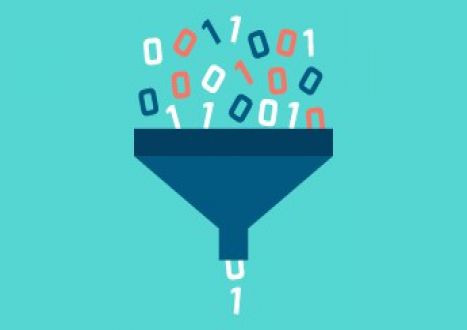



















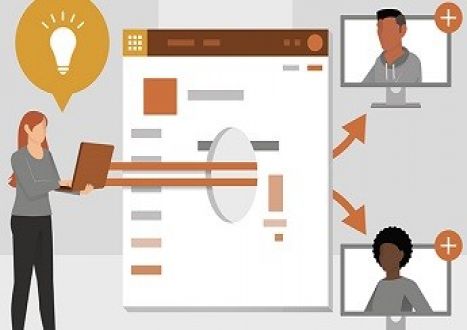









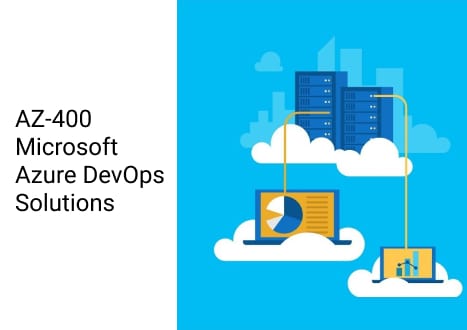




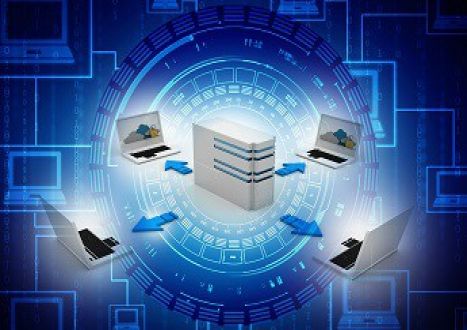



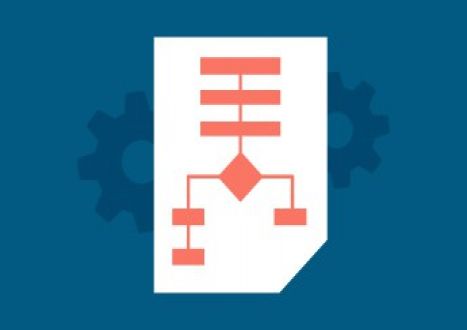















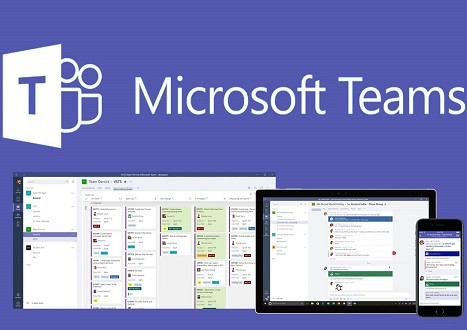



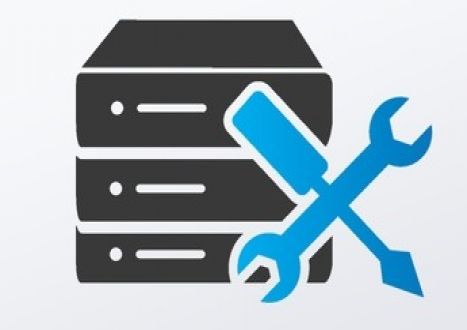





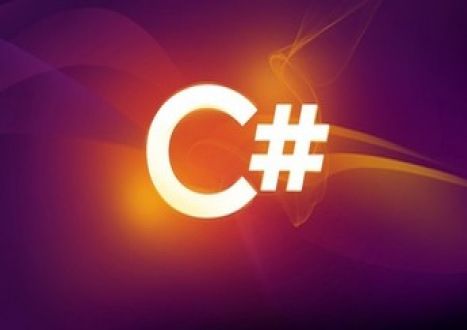






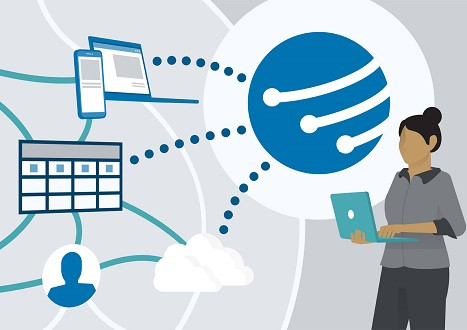
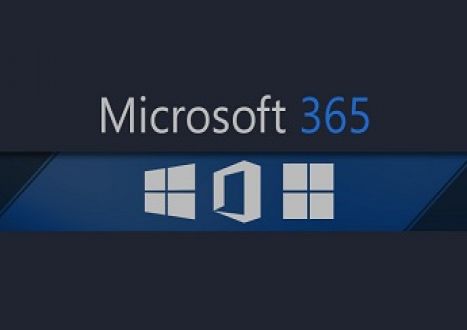



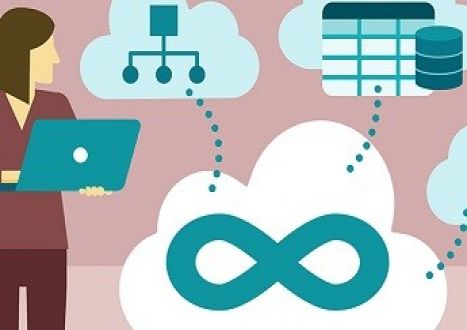





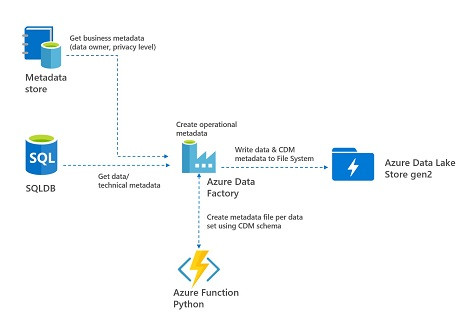

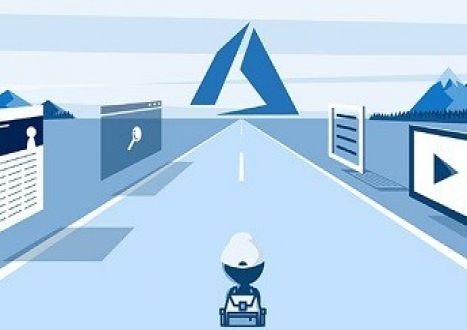


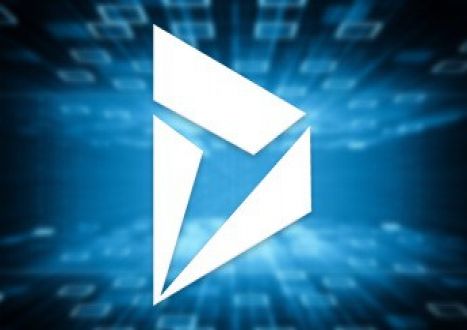




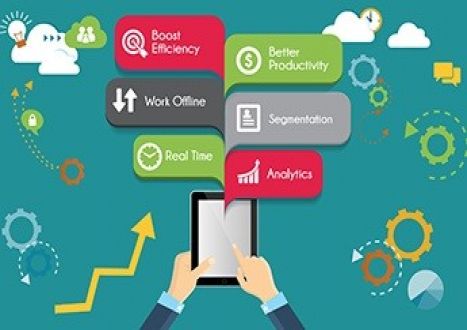

























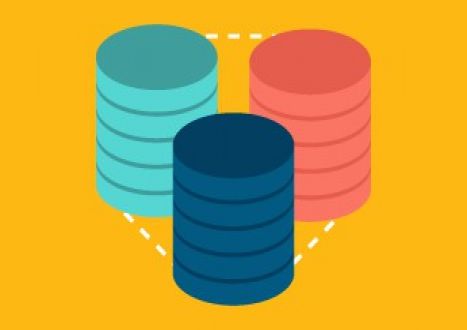
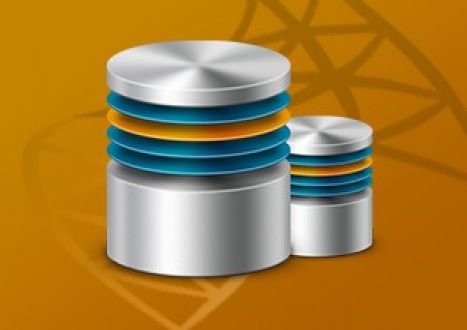









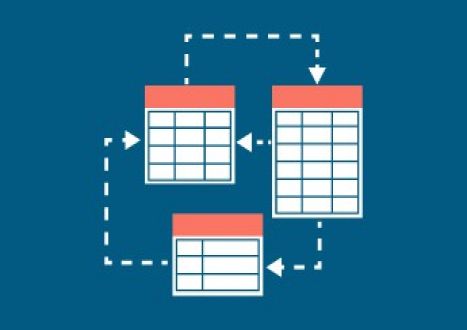









































































































Only Registered Members Can Download VCE Files or View Training Courses
Please fill out your email address below in order to Download VCE files or view Training Courses. Registration is Free and Easy - you simply need to provide an email address.
- Trusted By 1.2M IT Certification Candidates Every Month
- VCE Files Simulate Real Exam Environment
- Instant Download After Registration.
Log into your ExamCollection Account
Please Log In to download VCE file or view Training Course
Only registered Examcollection.com members can download vce files or view training courses.





Just amazing! This video course helped me to develop my knowledge in SQL Server BI and provided the necessary insight to successfully complete the certification. I am really happy and satisfied with this course and recommend this to all my friends who want to boost their career in IT-Sector.
It is one of the knowledgeable video courses on Designing Business Intelligence Solution that helps numerous of IT-Professionals to clear 70-467 exam and heighten their career with this certification.
This course helped me clearing 70-467 exam at the first attempt and covers all the core concepts, big thumbs up to the instructor who gave the detailed knowledge of the SQL Server BI. Because of this comprehensive course, I was able to clear the certification.
I was an ASP.NET and SQL Server developer working with SSIS packages. This course was excellent in expanding my knowledge in the field of Business Intelligence and now I am a BI architect working in my IT organization to develop effective BI projects. I will give 5 out of 5 to this great and detailed course.
Being a Software Engineer I have gone for this course to clear my concepts on Business intelligence, I was a database developer and did not have a great knowledge of BI. This course has not only cleared my concepts but I have passed 70-467 exam at the very first attempt. I have recommended this to all my colleagues and friends.